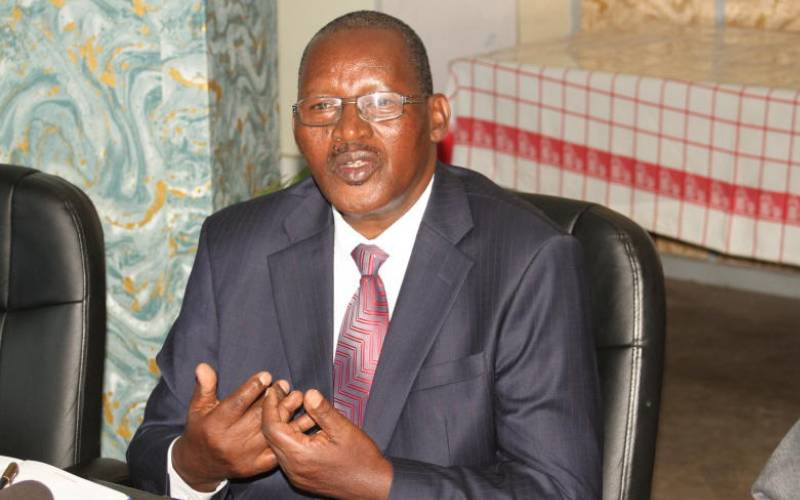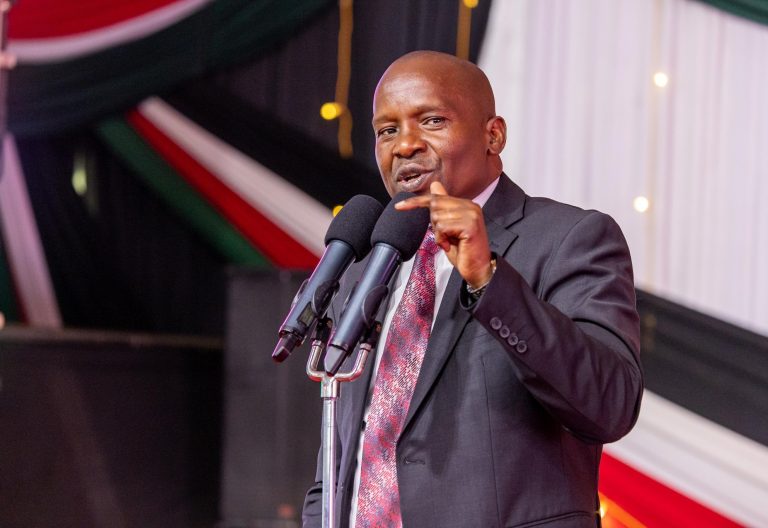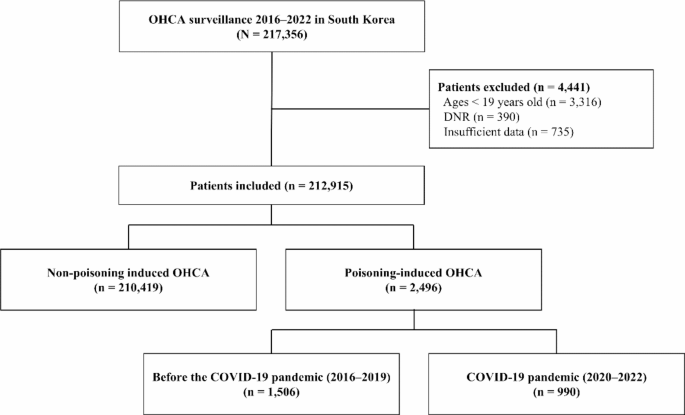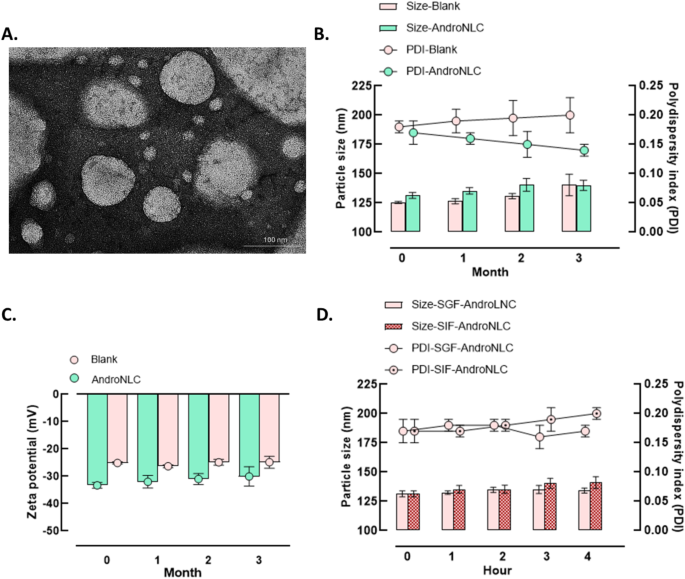WHO Member States Reach Landmark Agreement on Future Pandemic Response

In a landmark move, member states of the World Health Organization (WHO) have finalized an agreement aimed at fortifying the world's defenses against future pandemics. This legally binding pact, the result of over three years of intensive negotiations, seeks to address the shortcomings exposed by the COVID-19 pandemic, which claimed millions of lives and wreaked havoc on economies and healthcare systems worldwide.
The agreement, which will be presented for consideration at the World Health Assembly in May, outlines measures to prevent future pandemics and strengthen global collaboration in responding to outbreaks. WHO Director-General Tedros Adhanom Ghebreyesus hailed the agreement as a demonstration of multilateralism, proving that nations can unite to address shared threats despite divisions.
One of the most contentious points during negotiations was Article 11, which focuses on the transfer of medical technologies to developing nations. This issue gained prominence during the COVID-19 pandemic when wealthier nations were accused of hoarding vaccines and tests, leaving poorer countries struggling. While countries with large pharmaceutical industries initially opposed mandatory technology transfers, a compromise was reached, stipulating that any transfer must be mutually agreed upon. The agreement also calls for incentivizing technology transfers through regulations, licensing agreements, and favorable financing conditions.
The agreement proposes establishing a Pathogen Access and Benefit-Sharing System (PABS) to facilitate the swift sharing of pathogen data with pharmaceutical companies, enabling them to develop pandemic-fighting products more rapidly. It also incorporates a












